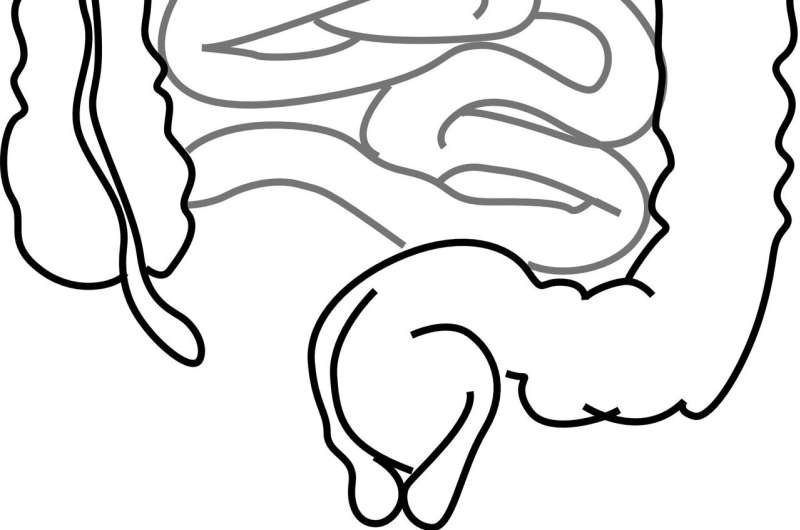
Magnetic resonance defecography (MRD) has emerged as a powerful, noninvasive imaging technique to evaluate the many possible causes of problems in passing bowel movements. A new set of consensus recommendations for performing and interpreting the results of MRD has been published by Diseases of the Colon & Rectum (DC&R), the official journal of the American Society of Colon and Rectal Surgeons (ASCRS).
The recommendations were developed by the Pelvic Floor Disorders Consortium (PFDC), a multidisciplinary organization representing the wide range of professionals involved in diagnosis and treatment of pelvic floor disorders. The new recommendations are now available on the DC&R website and appear in the journal’s October issue. Liliana Bordeianou, MD, MPH, of Massachusetts General Hospital Pelvic Floor Disorders Center and Harvard Medical School was senior author of the consensus statement.
Recommendations include consensus definitions and interpretation templates for MRD
Magnetic resonance defecography is a special type of MRI scan that provides detailed, high-contrast images of the complex anatomy of the pelvic floor. Images are obtained at various stages of defecation, providing detailed information for physicians to diagnose the cause of incontinence, constipation, pelvic organ prolapse, and other conditions that interfere with the ability to pass stool. Compared to other tests, MRD provides both functional and structural information in patients with symptoms of defecatory dysfunction
Previous guidelines for performing MRD have lacked input from the many specialties—including colon and rectal surgeons, gynecologists, radiologists, urologists, and others—involved in the diagnosis and treatment of pelvic floor disorders. Differences between and among specialties may lead to variations in how the physicians interpret and use the findings of MRD. That’s a special concern in the care of patients with pelvic floor disorders, who often have complex symptoms and seek care from several different professionals.
The recommendations were developed “with the explicit goal of inviting and including representatives from all relevant clinical specialties for whom MRD holds clinical significance,” according to the new statement. The PFDC Working Group comprised an international roster of 24 multidisciplinary experts, who followed a formal process to develop and approve consensus recommendations in key areas.
The recommendations address important factors in performing the MRD technique, including patient positioning and the use of contrast material to provide high-quality images of the pelvic floor anatomy and function. The Working Group emphasizes the importance of education and coaching to ensure that patients understand and can follow the maneuvers needed to perform the examination.
The new document includes recommendations for interpretation of MRD scans, enabling identification and grading of any abnormalities: For example, problems with movement of the pelvic floor muscles (dyssynergia) or abnormalities interfering with stool evacuation (such as rectocele, intussusception, or rectal prolapse).
Figures and videos illustrating the MRD appearance of these findings are included in the print and online versions of the new document. The report also presents a standard template for reporting the findings and interpretation of the MRD, with the goal of promoting shared understanding and improved communication among all professionals involved in the care of patients with pelvic floor disorders. Endorsed by six national and international medical societies including ASCRS, the consensus statement is being simultaneously published in four leading specialty journals.
Source: Read Full Article
